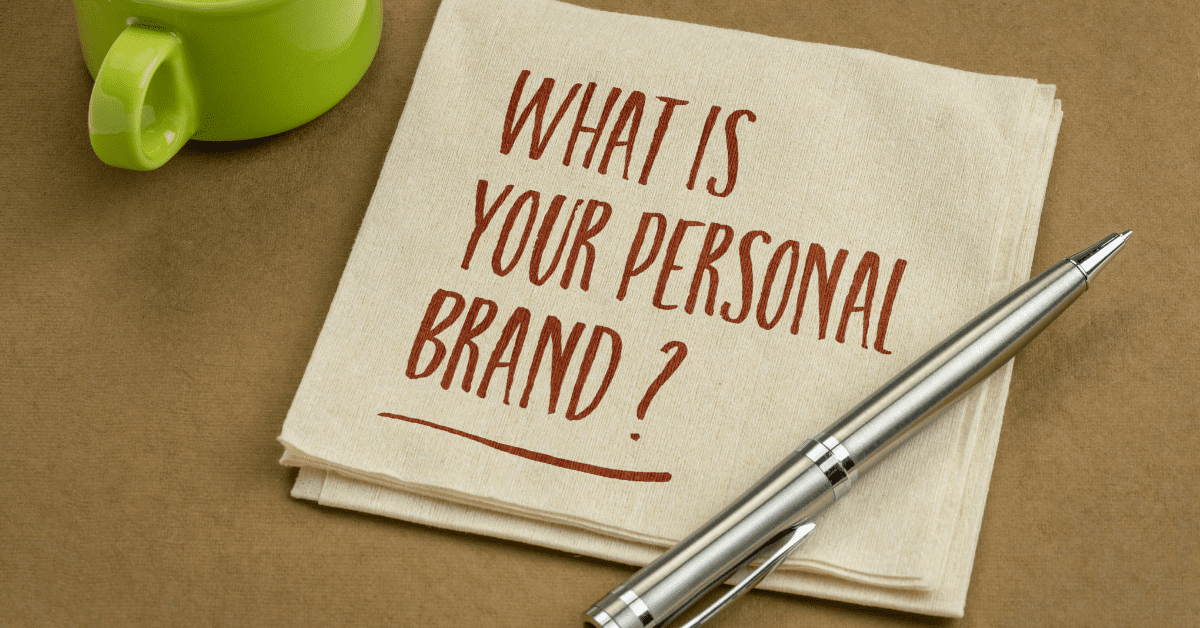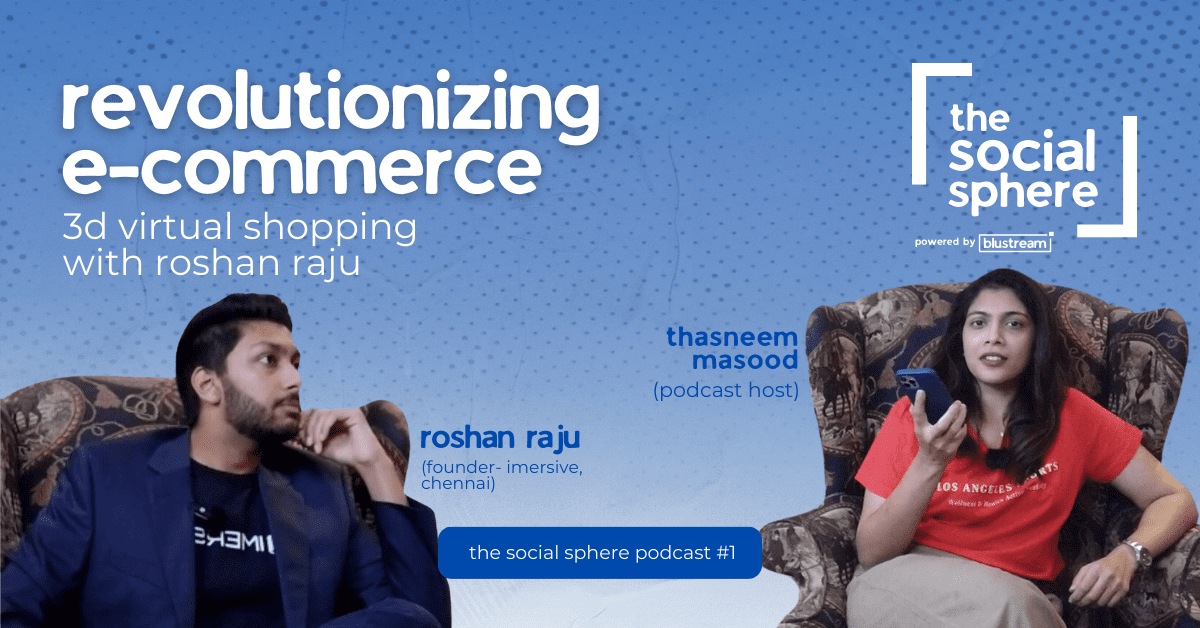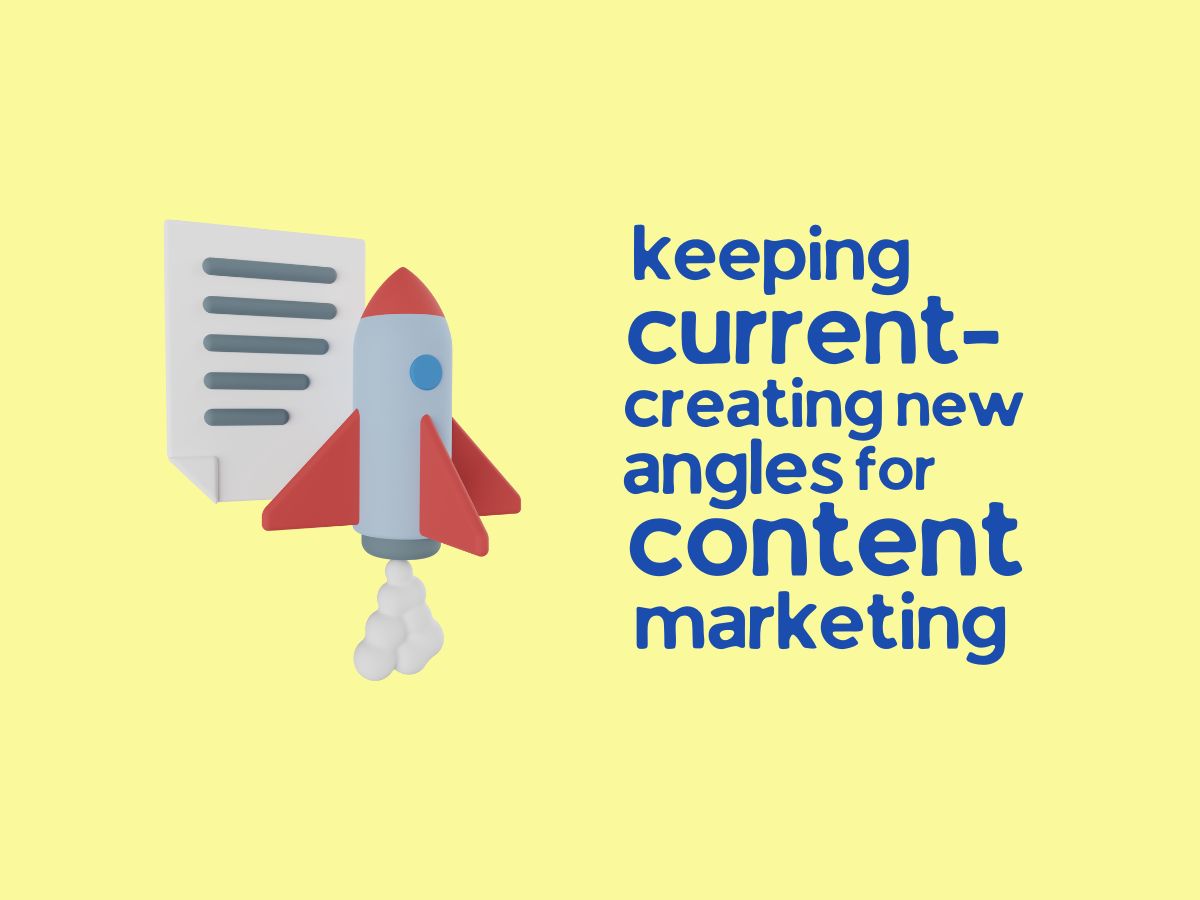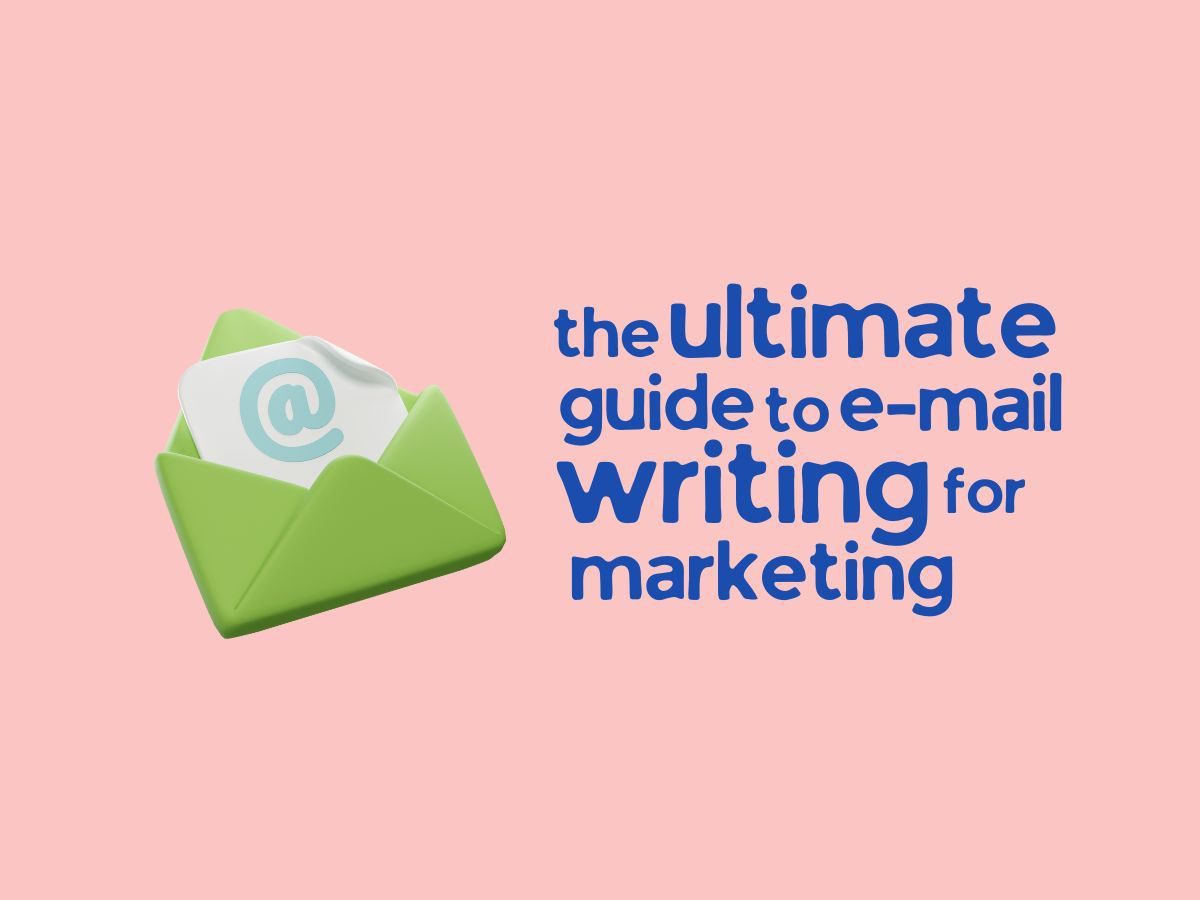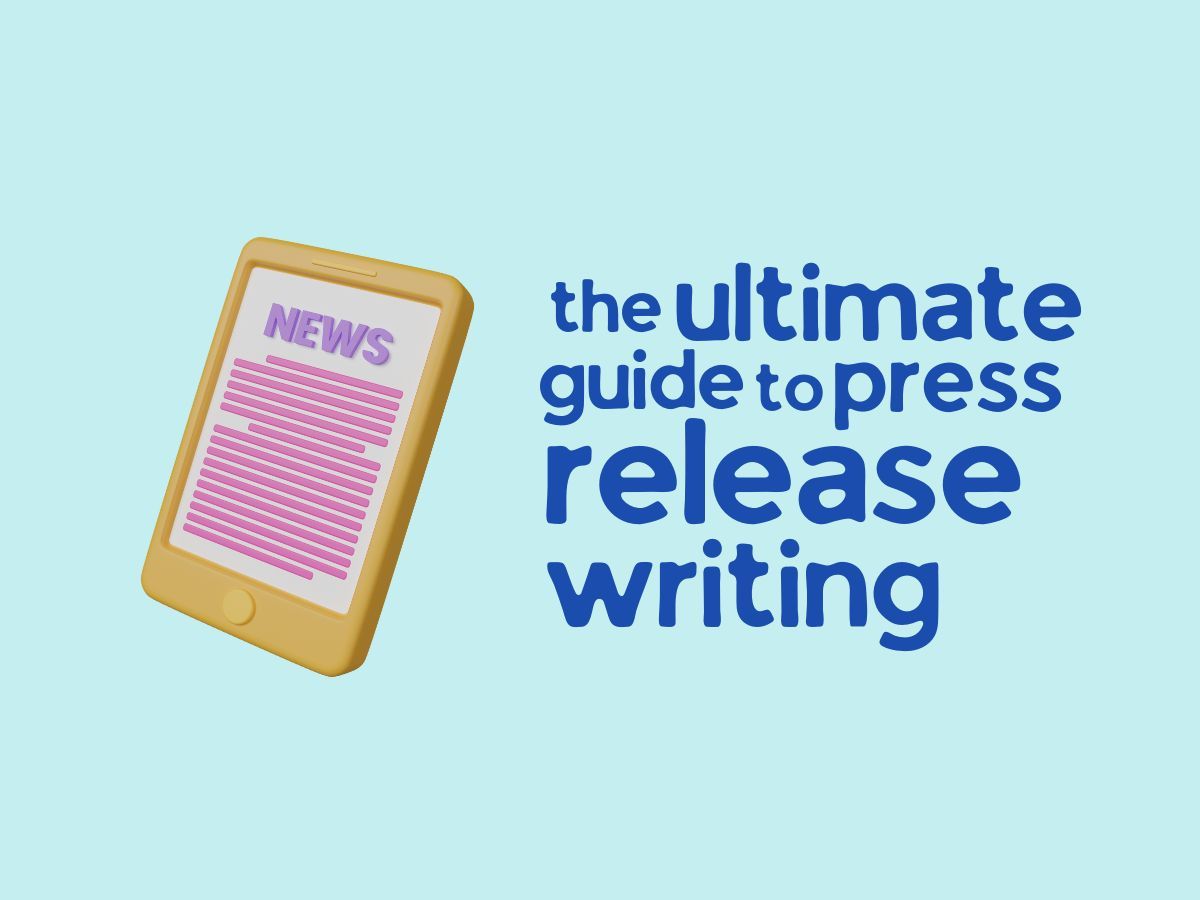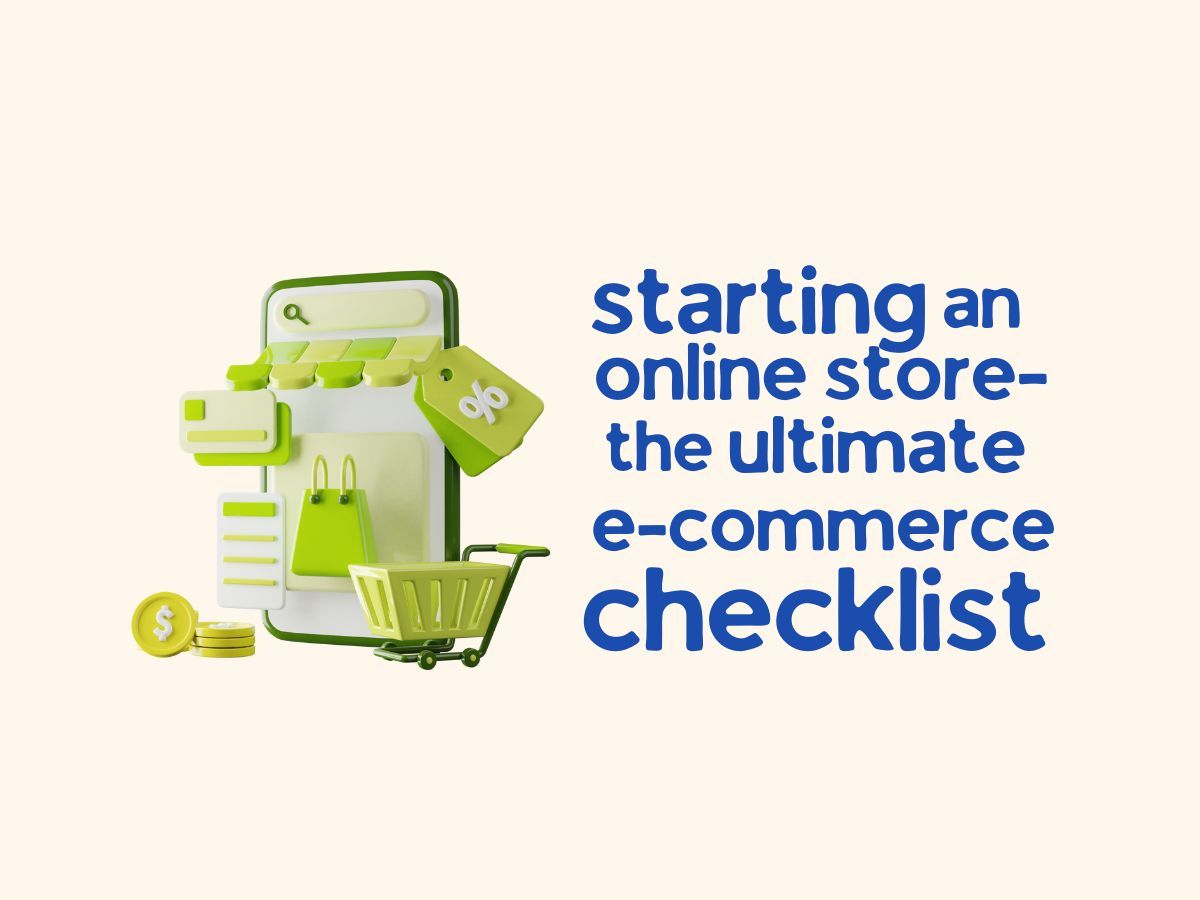If you’ve read our previous articles on integrating AI with marketing, you might know that the modern marketer uses AI in a vast number of operations. AI is nothing but machine learning fed with user interaction data to predict the next right step for converting a user to a customer.
User interactive data is used in a plethora of operations, from predicting what the user would want to buy next to suggesting to the user how to do it. AI is already helping marketers write and edit copies, promotional emails and push notifications among others.
Everything sounds good until the user stops sharing their data. With the upcoming of new operating systems in flagship mobile devices in the year 2022, privacy has become the selling point. The user interactive data will now be marked as “private” and will be inaccessible soon.
Let’s dive into the world of Privacy Paradox and answer the most concerning questions:
- What is Privacy Paradox?
- What are the Laws & Regulations?
- What’s installed for the future?
What is Privacy Paradox?
To understand this you must know what a paradox is, it’s a seemingly absurd or contradictory statement that upon investigation, turns out to be true. Now rolling back to 2001, when Barry Brown conducted a study among the early internet shopping users.
When the users noted that their actions and behavior were being tracked and analyzed to provide better recommendations, they instantly seemed to have concerns about their privacy. Simply put, the users disagreed to trust the companies with their data, while they still wanted a personalized shopping experience.
This ironic situation gave rise to the term ‘Privacy Paradox’ and managed to thrive in the customers’ mindset for more than two decades. Today, the personalized shopping experience has reached sky limits but the Privacy Paradox still makes many users think twice before shopping.
Observing this enthralling concern by users around the globe, Governments of various countries are now formulating and implementing new privacy laws that limit companies’ access to user data. The collection, storage, usage, and disposal of data is being highly regulated.

What are the Laws & Regulations?
For the United States, HIPAA and COPPA are active since the year 2016. They are specifically designed under the foundation for Data Privacy and Regulation. Laws like General Data Protection Regulation are long in effect in the European Union.
2018 marks the year of implementation of the so-called “GDPR lite” or CCPA law for California. Some other countries have regulations made but pending approval, these include CPA (Australia), PIPEDA (Canada) & PDPA (Singapore).
These laws demand some seemingly simple rights, these include:
Right to access and rectification – This simply states that if the user asks, they should be informed of the data being collected and should be able to edit the access to any segment of their dislike.
Right to data protection – The organization collecting the user’s data should be responsible and careful of any personal data that they’re collecting.
Right to data consent – Access to Personal data should be consensual with the user. They can opt to not share or edit the use of the data collected.
Right to be forgotten – The user must have the right to ask for the deletion of any of their data, including archived data.
The responsibility of handling and securing the sheer amount of sensitive data comes with massive fines for misuse or loss. Marketers have a difficult time storing this sensitive data and are always at the risk of being punished for any misuse of the same. All of these regulations and restrictions raise one question, what’s next?
What’s installed for the future?
While data collection regulations might sound evil, they can be in a way good for you as a marketer. Think of it as collecting less irrelevant data, the processing becomes faster and easier and so do the storage and security.
It’s evident that the data that’s more useful to you is easier to collect and the results are easier for the user to digest. Timely reminders of sales, events, and discounts related to the recently shopped categories by the user won’t be a problem for them.
Personalization is for the customer’s own good and interest, and if the user seems to be satisfied with a particular level of personalization then let that be your optimum level or the upper limit, that’s all the data you need!



